by Mike Telin
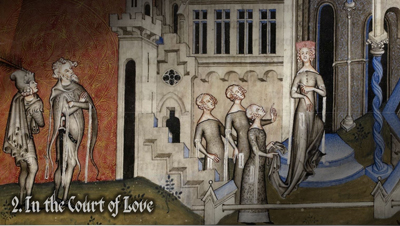
This weekend, Les Délices and Boston-based vocal ensemble Blue Heron will present one of Machaut’s narrative poems, Remède de Fortune. This musical-poetic masterpiece recounts the story of a bumbling lover who — with help from Hope and by the good grace of Fortune — ultimately gets the girl. The performances will include projected supertitles and manuscript images illustrating the story.
A free, open rehearsal at St. John’s Church in Ohio City on Wednesday, March 8 beginning at 6:30 pm will be followed by three full performances: Thursday, March 9 at 8:00 pm in Stull Recital Hall at the Oberlin Conservatory (free); Saturday, March 11 at 8:00 pm at St. John’s; and Sunday, March 12 at 4:00 pm in Herr Chapel of Plymouth Church in Shaker Heights.
“There are over 4,000 lines of poetry in Remède,” Blue Heron music director Scott Metcalfe noted during a recent conversation. “We’ve reduced that in a couple of ways. One is to summarize the story through motets and other pieces that are not in the poem.”
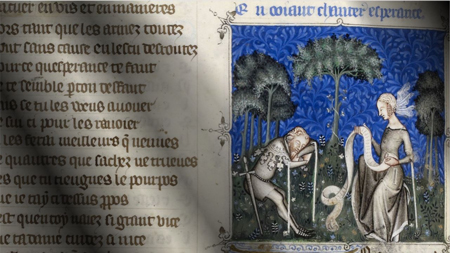
For the multimedia component, Nagy and Metcalfe turned to Chicago-based musicologist Shawn Keener. “She’s done some beautiful work with the Newberry Consort,” Nagy said. “The projections she’s made are more than just pictures of a manuscript on a screen. They’re animated and bring the viewer into the story. The way she uses light makes you feel like you’re sitting in a castle or a Medieval scriptorium.”
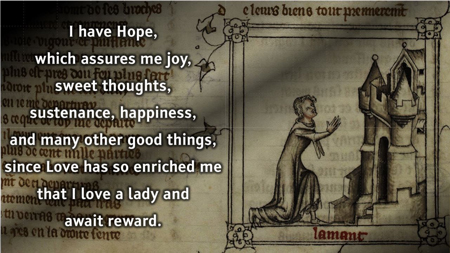
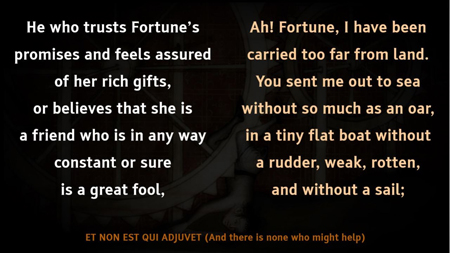
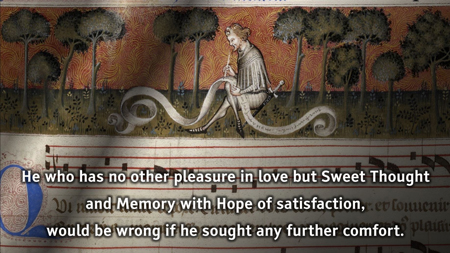
“There’s a lot of misunderstanding about the vielle,” Metcalfe said. “The root word relates to any bowed instrument. The fiddle and the violin both come from that same root. There have been no examples of the vielle around since the instrument became extinct in the 16th century. But I’ve heard they recently found some on a sunken ship from the time of Henry VIII that was just raised — I haven’t seen any but I understand they’re quite primitive-looking.”
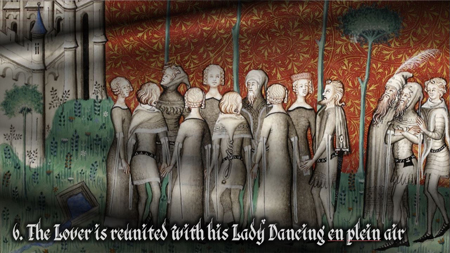
Published on ClevelandClassical.com March 7, 2017.
Click here for a printable copy of this article



